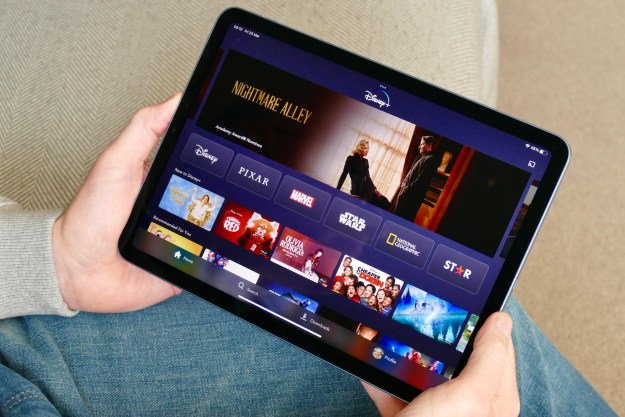LG puts its phones through their paces to ensure that they’re safe for use and can survive all the wear and tear of daily life. And we know that because we saw it first hand, at the company’s extensive testing facilities in South Korea.
Digital Trends flew around the planet to film a full teardown of the device, so you can see the G6’s components. We also took an inside look at LG’s battery testing lab and quality control facilities where all the testing takes place. Here’s what we learned about how LG stress tests its phones.
Please also read our full review on the LG G6.
LG G6 teardown
LG took the G6 apart piece by piece so we could see the internal components. The entire process took about six minutes, and we caught it all on film. Perhaps the most amazing thing about the teardown is just how small some of these components are. The selfie camera module, for example, can sit comfortably on a fingertip with room to spare. Check out the photos and full video to see all the components inside the LG G6.
How LG performs battery tests
Ever since Samsung’s catastrophic Galaxy Note 7 battery problem, its competitors have been highlighting their safety protocols. LG showed us inside its battery testing lab to demonstrate just how safe the LG G6’s battery is. We saw the G6 battery go through a number of tests without incident. All of LG’s batteries go through many tests and deep analysis to ensure consumer safety.
During our tour, for example, we saw the G6’s battery punctured with a very sharp nail. It survived. In other words, you don’t have to worry if your phone accidentally gets skewered with a sharp object once it leaves the lab — it’ll be perfectly safe and will not set on fire or inflate like a balloon.
LG also tests the battery’s response to extreme temperatures. The battery is even set on fire in a pit. If it explodes outside of the pit, it’s deemed unsafe.
Another key test is performed by dropping heavy objects on the battery. This test is used to determine whether the battery can withstand the intense pressure of a heavy weight.
Whenever a battery fails LG’s tests, it is carefully examined in the lab with microscopes and scanning equipment to see what went wrong.
Quality control tests
In addition to making sure the battery doesn’t explode, LG does many other quality control tests on its phones. We saw a wide variety of LG phones placed in machines that simulate extreme temperatures to determine whether the phone can survive intense arctic or desert environments.
Perhaps the most famous test is a robotic butt that repeatedly sits on the phone to test its strength and resistance to bending under the pressure of your derriere. We saw LG’s jeans-clad bottom sit on a phone a few times, and we had to wonder how the technicians watch the test without snickering.

LG has a number of machines that repeatedly press all the phone’s buttons thousands of times to see how long they hold up over time. Similar tests are performed on all the ports: Machines plug and unplug charging cables and headphones thousands of times. Sometimes, the charging cables are bent and twisted around to test how resilient the ports are to rough handling. The phone itself is also bent and twisted to find out just how tough it is.
One of the more common metrics, the drop test, is performed by dropping the phone onto a steel surface over and over. Most of the stats you see aren’t for drops on concrete, which is much less forgiving, but LG does test its phones on that harder surface as well.
All of these tests are intended to ensure that your phone can survive years of use and even misuse — within reason, of course.
Editors' Recommendations
- FCC chair wants carriers to start planning for 6G now
- LG runs a successful 6G THz outdoor transmission test
- The 6 best LG smartphones of all time, ranked
- The dual-screen LG G8X ThinQ launches on November 1 for just $700
- Wave your hands if you want the powerful, yet more affordable LG G8S ThinQ







